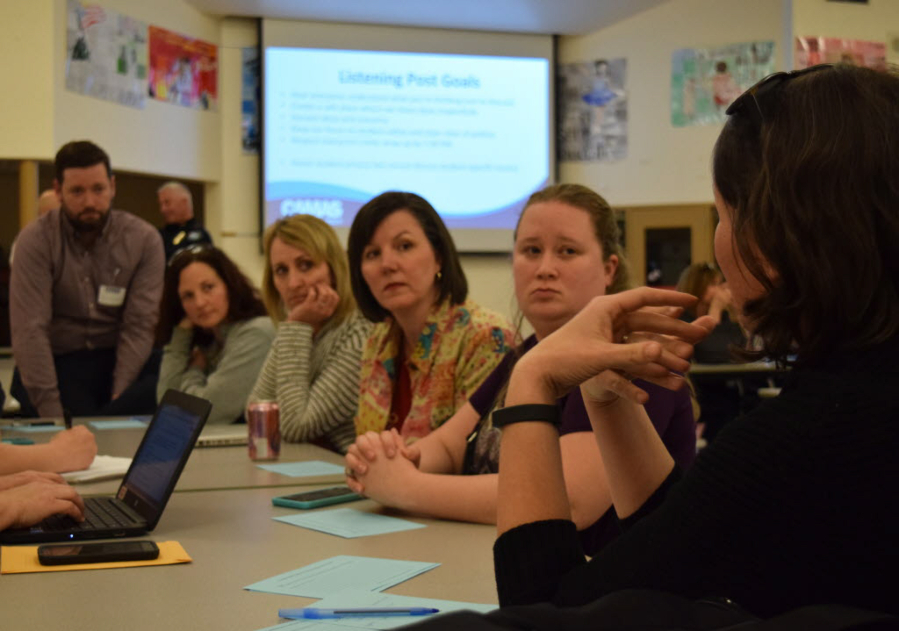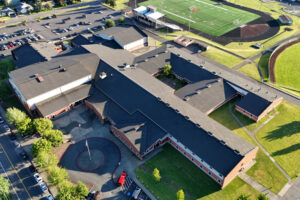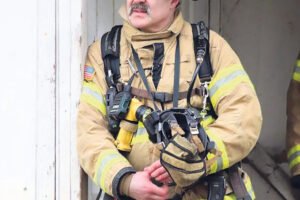A Camas School District citizen advisory committee has narrowed its safety recommendations to help make Camas students and school staff safer in the future.
The committee presented the district with six areas for improvement. All are based on information gathered during two “listening posts” at Camas middle schools and an online survey conducted in March.
At the top of the committee’s priority list is: increasing staff training, constistently securing building entrances and implementing student-centered support systems.
The six priorities also include security at after-school events, locking doors and increasing security or police presence.
Steve Marshall, the district’s director of educational resources, and committee representatives Jack Baranowski and Rainy Rau presented the priorities to the School Board at the board members’ June 25 regular meeting.




